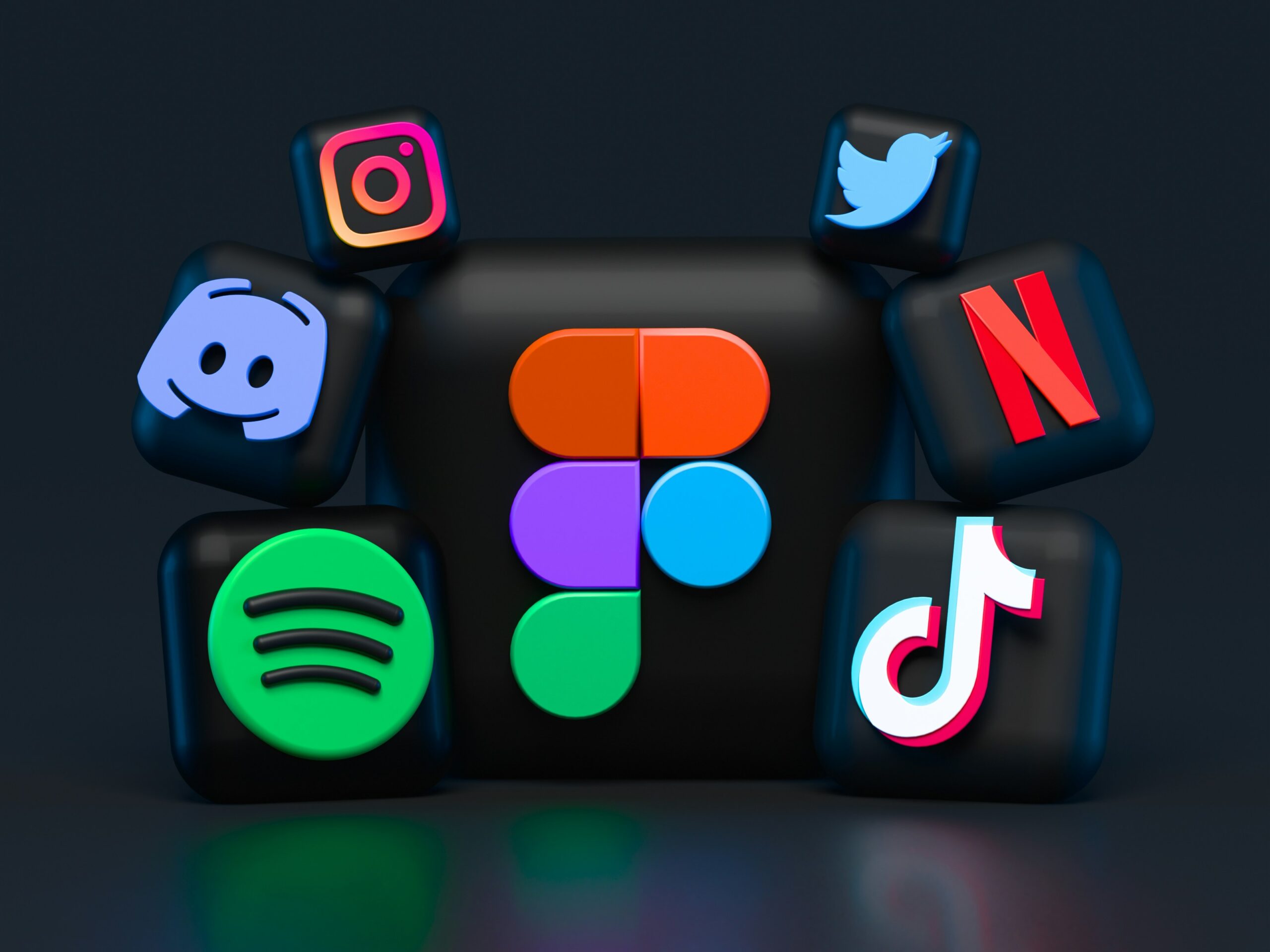
A Case Study: Social Media Marketing for Increased App Downloads
Background: Setting the Stage for Success
This case study focuses on “FindYourFit,” a fitness app connecting users with local gyms and fitness classes. Initially, FindYourFit had limited marketing, resulting in low user acquisition. The app’s key features include a searchable database of gyms, class scheduling, progress tracking, and a social community feature. FindYourFit’s target audience is young adults (18-35) interested in fitness and health.
The Problem: Low App Downloads and Engagement
FindYourFit faced challenges with low app downloads and user engagement. Initial download numbers were under 500 per month, with an average session duration of less than 2 minutes. User retention was also extremely low. This indicated a lack of organic app downloads and pointed to ineffective marketing strategies and low brand awareness. We needed to increase social media app growth.
Our Solution: A Multi-Platform Social Media Strategy
To address these challenges, we implemented a comprehensive social media marketing strategy across TikTok, Instagram, and Facebook. These platforms were chosen for their high user engagement and the app’s target demographic. Our content strategy included engaging video ads showcasing the app’s key features, behind-the-scenes content highlighting the app’s development team, and user-generated content showcasing fitness success stories. We also incorporated paid advertising and influencer marketing campaigns to boost reach and visibility. Read more about how to master other strategies in our guide on Mastering App Marketing: ASO and Beyond.

Targeting the Right Audience
Our targeting strategy focused on demographics (age, location), interests (fitness, health, wellness), and behaviors (engagement with fitness-related content). On each platform, we used targeted advertising to reach potential users who align with FindYourFit’s ideal customer profile. For example, on Instagram, we targeted users interested in yoga, weightlifting, and healthy eating.
Engaging Content is Key
We experimented with various content formats, including short-form videos, carousel posts, and interactive stories. High-performing content included user testimonials, workout tutorials, and motivational content. This resonated well with our audience. We also collaborated with fitness influencers to create engaging content. This helped increase brand awareness and credibility. See our case study on how to use ASO Strategies for App Store Optimization Success for more tips.

Results: A Significant Increase in App Downloads and Engagement
The social media marketing campaign yielded impressive results. Within three months, app downloads increased by 750%, reaching over 4,000 downloads per month. Average session duration increased to 15 minutes, and user retention rates improved significantly. The app’s ranking in the app store also improved substantially. This success highlights the power of a well-executed social media strategy for app growth.

Lessons Learned: Key Takeaways and Future Strategies
This campaign demonstrated the importance of a targeted, data-driven approach to social media marketing. Engaging content, influencer collaborations, and paid advertising were key drivers of success. In the future, we plan to expand our social media presence to other platforms and experiment with new content formats. We will also continue to monitor our key performance indicators (KPIs) to optimize our campaigns for maximum impact. Check out our guide on How to Master Google Ads for App Marketing for additional tips. Tools like Hootsuite can be very helpful.
FAQ
What social media platforms were used?
We used TikTok, Instagram, and Facebook, chosen for their reach and relevance to our target demographic.
What type of content was most effective?
Short-form videos, user testimonials, and workout tutorials resonated most with our audience.
What was the overall ROI of the campaign?
The campaign had a significant positive ROI, with a substantial increase in downloads and engagement exceeding marketing costs.
How long did the campaign last?
The campaign lasted three months.
What were the biggest challenges?
Creating consistently engaging content and optimizing paid advertising campaigns were the biggest challenges. However, learning from these challenges helped us optimize future campaigns.



